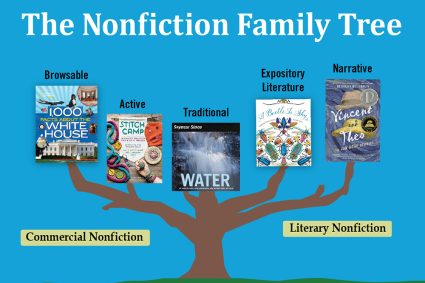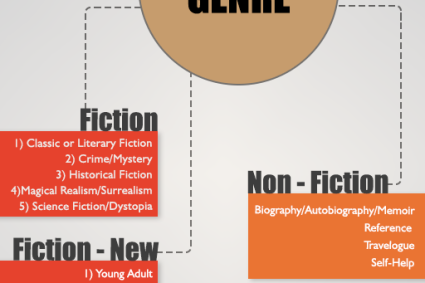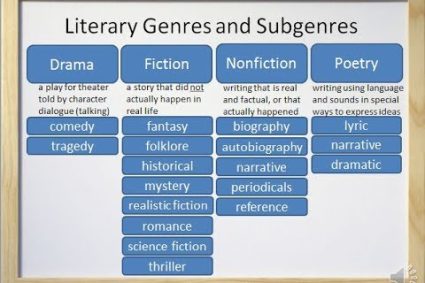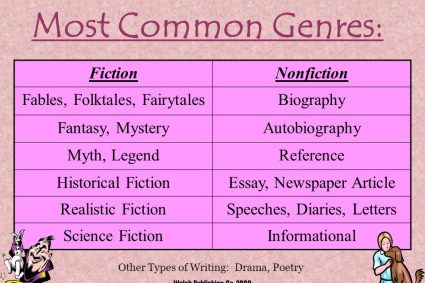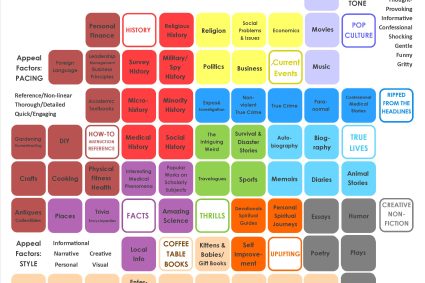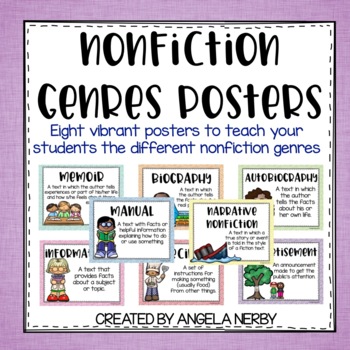
In the delicate artistry of prose, the beauty lies not only in the words themselves but in the arrangement, rhythm, and nuances that create a symphony of language. Here are seven techniques to guide you in crafting prose that resonates with elegance and allure.
1. Embrace Vivid Imagery:
Infuse your prose with vibrant and evocative imagery that transports the reader to sensory-rich landscapes. Paint scenes with words, allowing readers to see, hear, smell, taste, and touch the essence of your narrative. Engage the senses, and let the imagery weave a tapestry of experience.
Example: The moon, a luminous pearl suspended in the obsidian sky, cast an ethereal glow upon the tranquil waters, turning the midnight lake into a silver canvas.
2. Harness the Power of Metaphor and Simile:
Elevate your prose with the grace of metaphor and the clarity of simile. Analogies create connections between the known and the unknown, lending depth and insight to your writing. Use these figurative elements to impart layers of meaning and nuance.
Example: Her laughter danced through the room like wind chimes in a gentle breeze, a melody of joy that lifted the spirits of all who heard it.
3. Emphasize Rhythm and Flow:
Craft your sentences with a rhythmic cadence, a flow that mimics the natural patterns of speech. Vary sentence lengths to create a musicality that guides the reader through the narrative. Pay attention to the ebb and flow of your prose to maintain a harmonious pace.
Example: In the quiet of the morning, as the first light tiptoed across the horizon, she strolled through the dew-kissed meadow, each step a delicate dance with nature.
4. Employ Elegant Diction:
Select words with precision and care. Choose a lexicon that not only communicates but also captivates. Delve into the richness of language to find the perfect expressions that convey the nuances of your thoughts and emotions.
Example: The antique clock on the mantelpiece marked the passage of time with a soft, mellifluous tick-tock, a gentle reminder of moments fading into memory.
5. Create Atmosphere Through Setting:
Immerse your readers in the atmosphere of your narrative by skillfully describing settings. Capture the essence of a place, whether it’s a bustling city street or a serene mountain retreat. Use descriptive language to set the mood and evoke a sense of place.
Example: The cafe, bathed in the warm glow of amber pendant lights, hummed with the soft murmur of conversation and the comforting aroma of freshly ground coffee.
6. Craft Nuanced Characters:
Evoke empathy and connection by delving into the intricacies of your characters. Develop personalities with depth and complexity, revealing their motivations, fears, and desires. Allow your readers to forge emotional bonds with the characters as they navigate the narrative.
Example: His eyes, weathered by the storms of life, held a quiet resilience that spoke of a history written in both triumph and tribulation.
7. Master the Art of Subtlety:
Sometimes, the most beautiful prose lies in what is left unsaid. Master the art of subtlety, allowing readers to fill in the gaps with their imagination. Create space for interpretation, leaving room for nuance and the reader’s personal connection to the narrative.
Example: In the lingering silence that followed, she caught his gaze, and within the unspoken words that passed between them, an understanding blossomed like a delicate flower unfolding in the moonlight.
In weaving these techniques into your prose, you embark on a journey of eloquence and beauty, creating a literary landscape that captivates, resonates, and lingers in the hearts and minds of your readers.

